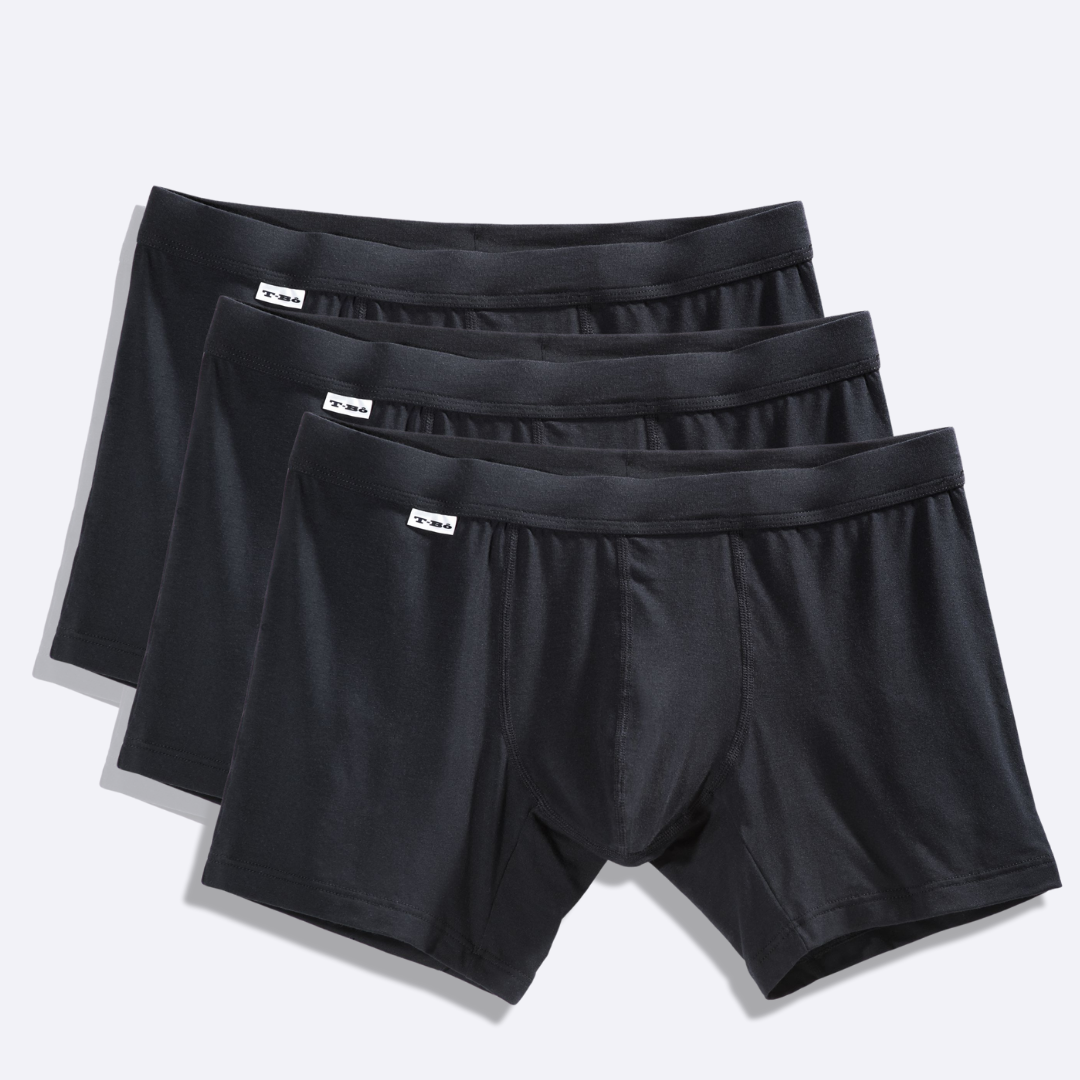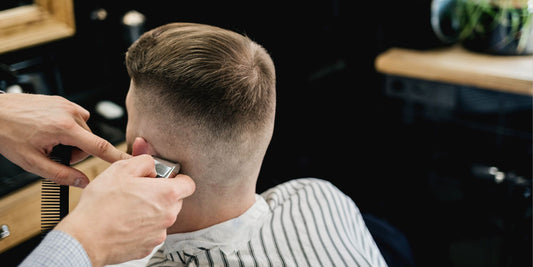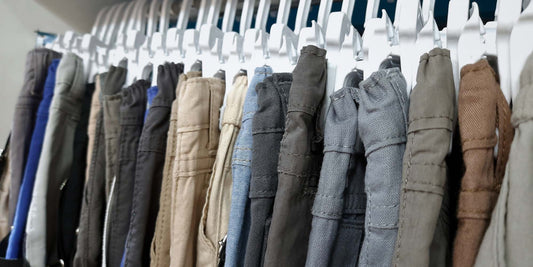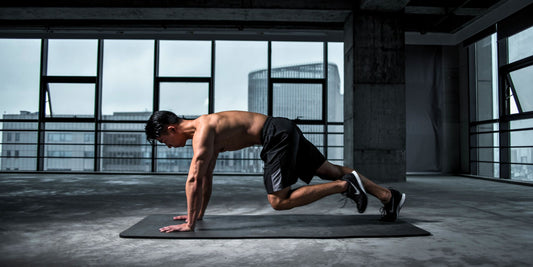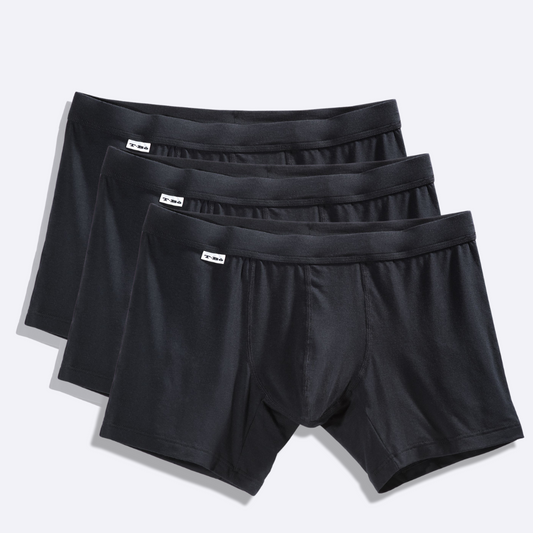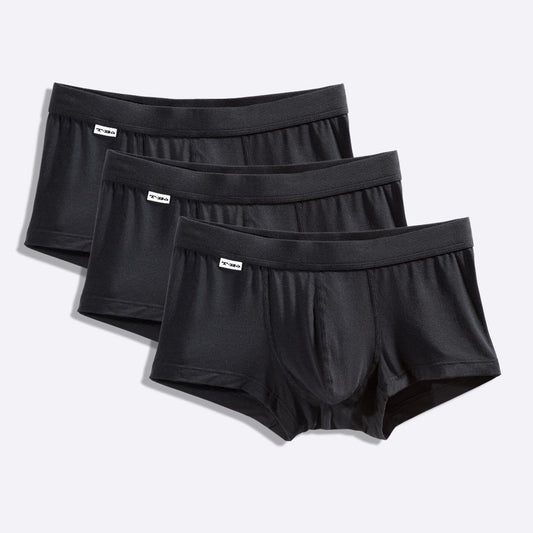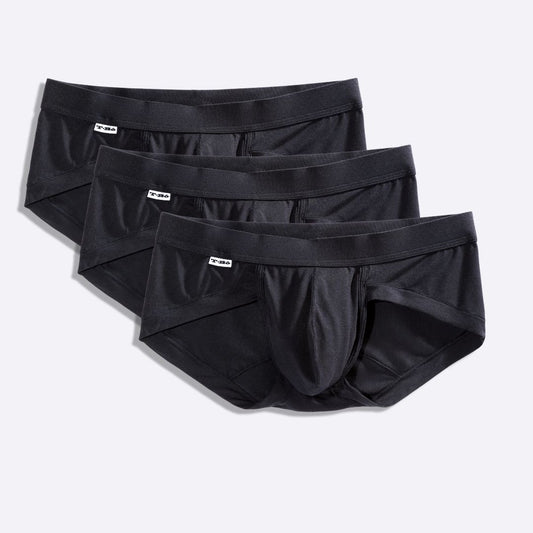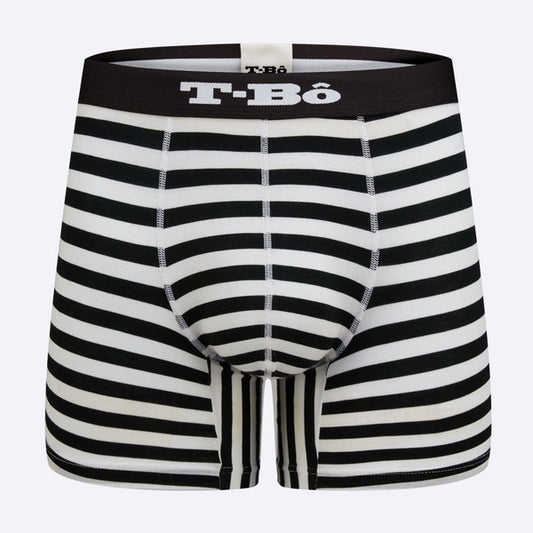
5 Best Leg Exercises For Men
The 5 most important leg exercises you can do if you want to have strong and powerful legs
Looking to get toned, get jacked or even to have a six-pack? The secret, for men and everyone else, is in the legs.
How can a legs workout help make your abs visible? What most people overlook is that the largest, strongest and most metabolism-boosting muscles are in your legs. When you exercise and strengthen your legs, you end up increasing your overall metabolism and overall strength.
Whether you're looking to just improve your health or take your training game to the next level, knowing which leg exercise is best will help to increase the efficiency and effectiveness of your workout routine and get you ripped in no time.
Jumping rope

Jumping rope is going to improve my leg strength? Before you scoff, let's review a quality workout. First, you warmup, then you gradually increase the intensity and repetitions during the workout, and only then you cool down and stretch.
The most important part of your workout is actually the warmup because an improper warm up will reduce your mobility and circulation, leaving you prone to injury that can keep you out of the gym and away from any exercise.
Jumping rope is not only an excellent overall warm up but also a great exercise for your legs. It is simple to do, can be varied to accommodate different experience levels and can be done anywhere.
More importantly, when you jump rope for as little as 2-3 minutes non-stop, you are constantly activating your calves, quads and even glutes which helps to generate heat that literally warms you up while also starting the range of motion stimulation that you should use to begin every workout.
If you're really short on time or don't have access to a gym, you can even use an extended, non-stop jump rope session of 5-10 minutes as a solid overall legs-based cardio workout.
For a sample workout, check out here:
Squats

If there's a king of leg exercises, it's the squat.
Squats come in a variety of forms, from front squats to powerlifter squats and high-bar squats, but the squat is essentially descending with the barbell on your back until the tops of your thighs are at least parallel to the floor and then ascending to an erect position, repeating for the desired amount of reps and sets.
The squat is an excellent exercise because it simultaneously works your quads, hamstrings, glutes and lower back, providing maximum stimulation like no other exercise.
In addition to the muscles it targets, squats stimulate a variety of core muscles necessary to stabilize the weight on your back. While squats won't give you six pack abs, they will help to generate muscle tension around the core that will help to reduce body fat.
Front squats will provide even greater tension in your core area and enhance your ab progression even more.
If you're new to lifting or don't like squats, there are a variety of tricks you can use to get similar effects to barbell squats. Body weight or pistol squats are a great way to introduce the basic movements before you add weights.
Smith machines offer the form of the barbell squat with greater safety. While you don't experience the same core activation, you will still experience an intense leg workout; this effect is the same for hack squats and leg presses.
You can also try dumbbell squat thrusts if you're looking for a whole-body and more cardio-based exercise. Simply raise a dumbbell in each hand and hold at shoulder level, then squat and, when you return to standing, press the dumbbells overhead.
You can do this exercise without the press, but, with or without pressing, you will experience an intense exercise that will provide great gains for the legs and overall physique.
For a guide on proper squat form:
Deadlifts/ Olympic lifts

Some would argue that the Deadlift is superior to the squat, and they would probably have a good argument.
The deadlift works many of the same muscles as the squat, including the hamstrings, glutes and lower back; depending on the type of deadlift you do, you can also provide a serious workout for your quads, though many forms, such as strict leg and Romanian deadlifts, target the rear of the legs more.
Likewise, the deadlift provides a serious grip workout that you don't get from squats. There are a variety of different bar types and grip types, as well as grip straps, that allow you to engage your legs in different ways to provide maximum gains.
If you're really looking to take your lifting game to another level, try doing some of the Olympic lifts.
The Olympic lifts, such as snatch and cleans, are based around the deadlift and bringing the bar to overhead, as in the snatch, or to shoulder height, as with the clean.
When you do these exercises, you develop even more explosiveness and fast-twitch fibers in your legs, key to muscle growth and overall metabolism, while also providing an excellent exercise for your upper body.
Be careful though, to start slow and make sure you have proper form. When in doubt, consult a personal trainer or lifting coach to make sure that you are doing these exercises properly so that you can achieve gains without injury.
A beginners guide to deadlifts:
Lunges

A lunge is just moving one leg beyond the other and then pushing off to return to your standing position.
Lunges can be done in any direction, from forward, backward or sideways, and depending on the direction, you will work a different part of your leg. Overall, lunges are great for the quads, glutes and hamstrings while also helping to ensure proper hip flexor mobility, a critical component to maintaining good posture and overall health.
If you're new to lunges, start out simply with a few sets of forward, bodyweight lunges, then progress to holding some light dumbbells and, when you feel comfortable, you can try doing some lunges with a barbell in a squat rack. Any way you do them, lunges are a great legs exercise.
If you're looking for some lunge guidance:
Interval sprints

Interval sprints, best exemplified by the gym class shuttle run or the sports practice suicide sprints, forces you to work not only your endurance but also your agility and power.
Because of the continuous starting and stopping motions, you push your muscles through a great range of motion, creating greater joint stabilization and stimulating your fast twitch and slow twitch muscles, creating an excellent leg workout.
If you're getting into interval sprints, start slow and simple: try jogging 10 m, touch a line and run back.
Repeat this 10 times.
You can gradually increase the distance, increase the repetitions, increase the intervals in each sprint and increase the sprinting intensity to maximize your leg workout.
If you're interested in learning more about interval sprints:
There are a variety of leg exercises you can do, from pulling sleds to flipping tires and carrying large objects.
All leg exercises have a specific purpose and range of motion.
When it comes to all around performance, the above leg exercises will provide a sound base to boost your health and fitness goals while allowing you to perform different and more advanced exercises.
Just remember to have good form and start slow, and before you know it, you'll have some shredded legs!
Words by Alexi Dinerstein
